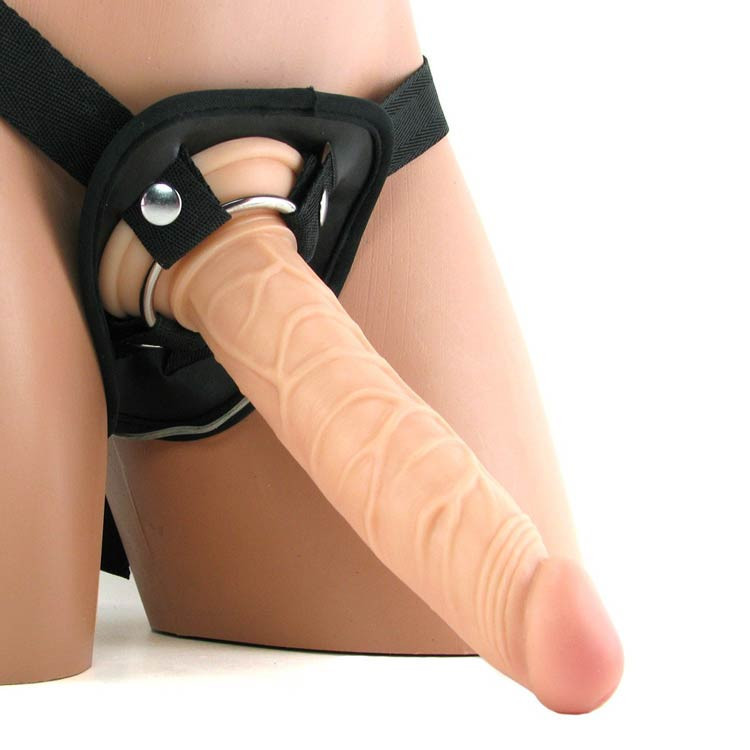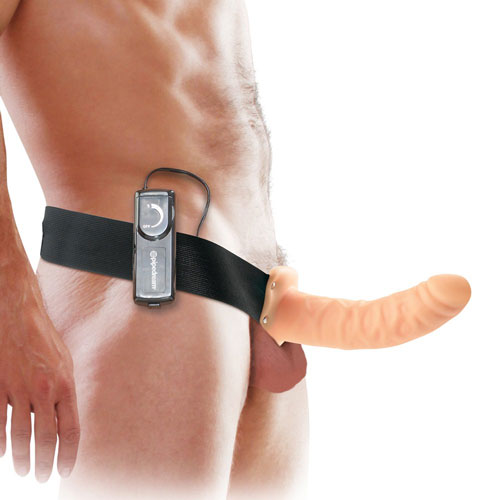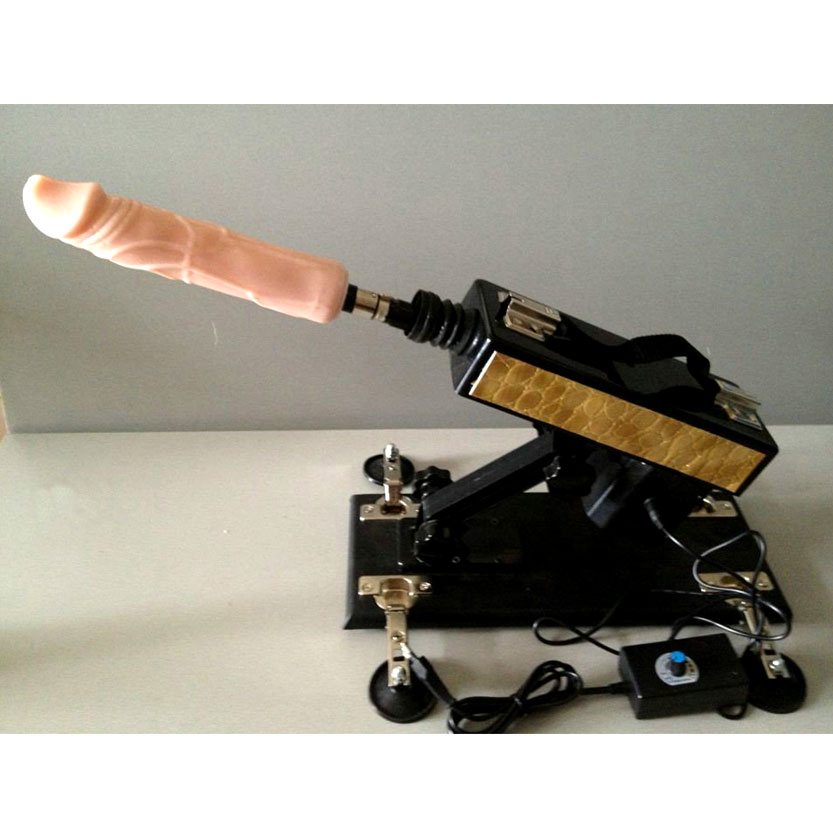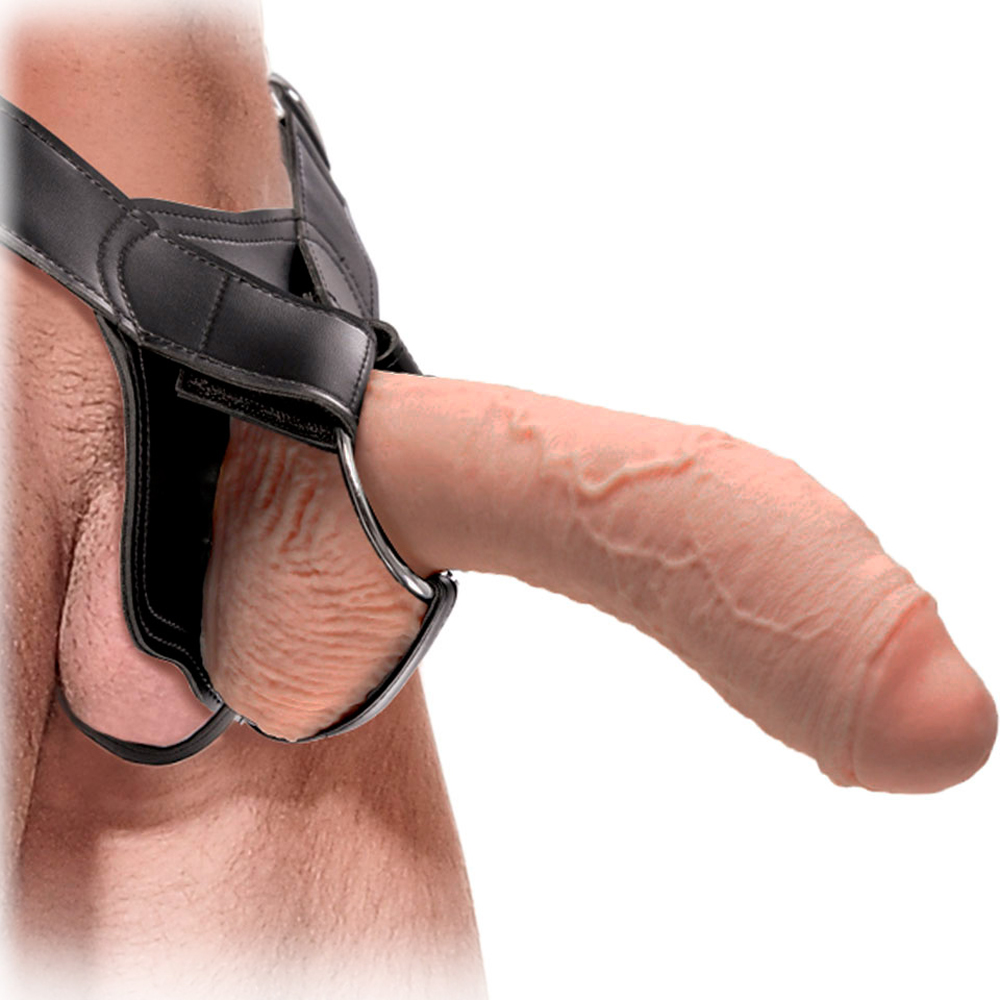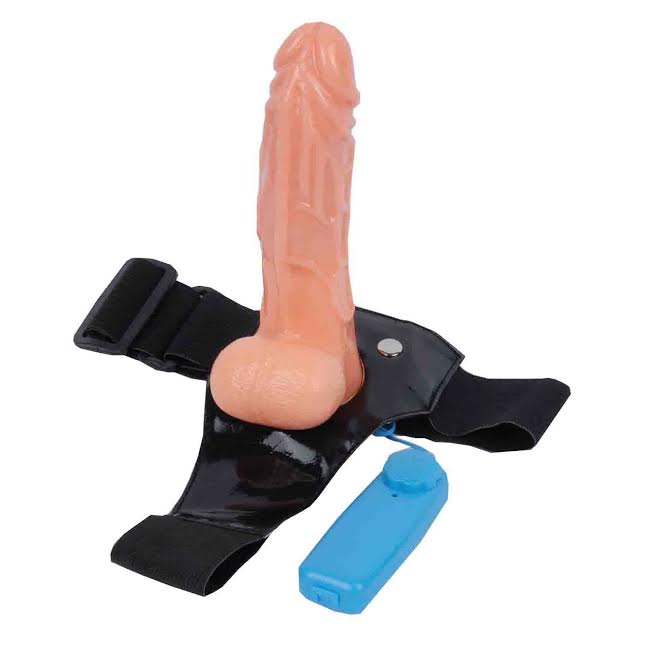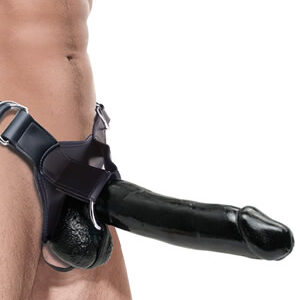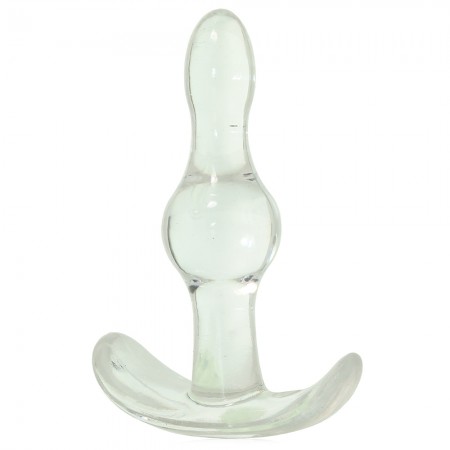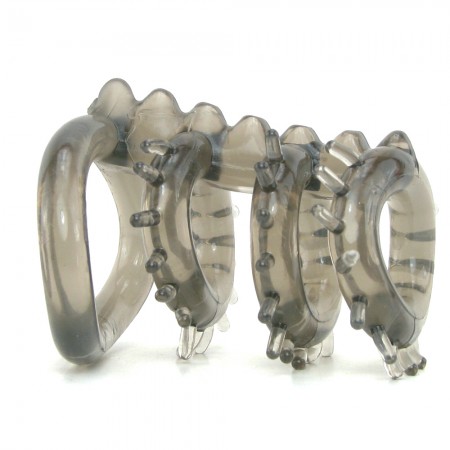Unlocking the Secrets of Plinko – Strategies_ Tips_ and Game Variations
Table of Contents
- Unlocking the Secrets of Plinko – Strategies, Tips, and Game Variations
- Mastering Plinko Gameplay Mechanics
- Understanding the Plinko Board Layout and Functionality
- Keys to Successful Ball Drop Techniques in Plinko
- Effective Strategies for Maximizing Wins in the Game
- Analyzing Gravity and Bounce Patterns in Drops
Unlocking the Secrets of Plinko – Strategies, Tips, and Game Variations
Originating from classic television game shows, this engaging chance-based activity captivates players with its simple yet thrilling design. Understanding dynamics within this unique game plinko gambling can significantly enhance your overall experience and potentially increase win rates. By delving deeper into mechanics, players can uncover pathways to more successful gameplay.
Successful participants often implement a range of methods tailored to their individual play styles. Setting specific financial boundaries is a fundamental aspect; establishing win and loss limits helps maintain control over emotions and decisions. Furthermore, familiarizing oneself with different board configurations reveals additional layers that can influence outcomes dramatically.
Moreover, varying gameplay offers a plethora of twists on the traditional model, attracting enthusiasts and novices alike. Modifications such as betting patterns or bonus rounds introduce more complexity, allowing for innovative approaches to play. In addition, tracking trends in previous rounds can provide invaluable data, guiding future choices for enhanced performance.
Mastering Plinko Gameplay Mechanics
Understanding the core principles of Plinko can significantly enhance your performance. Familiarize yourself with the board layout, as it influences the bounce path of the discs. Each peg alters trajectory, so analyzing previous drops can reveal patterns that might increase your odds. Observing how adjacent pegs interact with each other may provide insights into creating profitable strategies.
Timing your releases is crucial. Practicing timing allows for better control of when to drop your disc. A well-placed disc can navigate through crucial sections of the board, leading to higher rewards. Experimenting with different angles can also yield various results; discoordinate your drops to find the optimal launch point that maximizes earnings.
Consider the payout structure before starting. Boards may vary in reward distribution; some favor lower values while others provide higher stakes intermittently. Adjust your strategy based on these tendencies. Setting a budget is essential to maintain a sustainable playing approach. Knowing when to stop can prevent cumulative losses.
Utilize a systematic approach by keeping records of your gameplay. Track results and identify successful dropping techniques. Analyzing this data can help refine future decisions, ensuring each drop is well thought out. Establishing a routine can also contribute toward honing specific skills over time.
Lastly, engage in discussions with fellow players. Sharing experiences can unveil methods you may not have considered previously. Collaborative analysis can lead to innovative tactics and improve your overall gameplay proficiency. Stay open to experimenting; adaptability often leads to success in this engaging activity.
Understanding the Plinko Board Layout and Functionality
The Plinko board is an intricately designed setup that plays a pivotal role in the game’s mechanics. At first glance, it consists of a vertical board featuring a series of pegs arranged in a staggered pattern. Each peg redirects the chips as they fall, creating a randomized path to the bottom. This randomness is crucial, as it shapes the outcomes and keeps players engaged.
At the top of the board, players drop chips from designated slots, typically labeled with potential payouts. These slots often signify different prize amounts or multipliers, offering varying levels of risk and reward. As chips descend, they bounce off pegs, which can alter their course based on angle and initial position. Understanding how chips interact with pegs can provide insights into predicting outcomes.
Each board’s layout may vary significantly. Some boards contain additional features like moving components or changing payout multipliers. Familiarizing yourself with the layout of a specific board can give players an advantage. Note the distribution of pegs: a densely populated area may result in a higher degree of randomness compared to a sparser one, affecting the likelihood of hitting higher-payout slots.
Moreover, the distance from each slot to the pegs influences how often a chip will land in that area. Closer slots tend to yield more consistent results as chips experience less deviation during the fall. Thus, observing patterns can enhance decision-making when determining where to drop the chip.
Lastly, consider the importance of practice. Regular play on different boards allows for a better understanding of each board’s unique characteristics, leading to more informed choices during actual gameplay. Embracing this knowledge will enhance the overall experience and maximize potential winnings.
Keys to Successful Ball Drop Techniques in Plinko
Mastering ball drop techniques is essential for maximizing rewards in this engaging game. Focus on specific factors that influence the outcomes of each drop.
Understanding the Board Layout: Familiarize yourself with the arrangement of pegs and slots. Recognizing patterns, such as the proximity of high-scoring areas, can greatly enhance your chances. Analyze how the ball interacts with pegs and adjust your launch point accordingly.
Angle of Release: The angle at which you release the ball significantly impacts its movement. Experiment with different launch angles; avoid direct center drops that may lead to predictable paths. A slight deviation can increase the chance of landing in more favorable slots.
Ball Speed: The velocity of the ball can determine its behavior on the board. A controlled drop ensures better interaction with pegs, reducing the risk of bouncing erratically. Practice varying your force to find an optimal speed for consistent results.
Observation of Previous Drops: Take note of how balls have fallen in prior rounds. Patterns may emerge that provide insights into the movement and landing spots. Use this information to inform future drops and potentially repeat successful placements.
Timing: Consider the timing of your release. Dropping the ball at specific moments, when pegs have caused other balls to favor certain slots, may yield better outcomes. Be observant and adjust your timing to harness the current flow of the game.
Adaptability: Remain flexible in your approach. Each round can present new dynamics, so be prepared to switch tactics based on the board’s conditions. Adapt your strategies as needed to enhance performance continuously.
Effective Strategies for Maximizing Wins in the Game
To enhance your performance and achieve higher payouts in this engaging series of chances, consider implementing the following approaches:
- Bankroll Management: Establish a strict budget before participating. Allocate a specific amount for each session and avoid going beyond that limit. This ensures longevity in gameplay and mitigates losses.
- Understand the Board: Familiarize yourself with the layout of the board, including the values of slots and common dropping patterns. Observing how the discs behave can inform your decisions on where to place bets.
- Optimal Drop Zones: Target higher-value sections of the board based on initial disc placements. Focus on areas with more pins, as they tend to create more deflections and increase your chances of landing in lucrative spots.
- Adjust Bet Sizes: Consider varying your stake amounts based on recent outcomes. If you notice a trend towards lower-value drops, lower your bets. Conversely, increase stakes during streaks of high winnings.
- Utilize Bonuses: Take advantage of promotions or bonuses offered by platforms. These can provide additional funds, allowing for more extended play without extra financial risk.
- Play Consistently: Regular participation can improve familiarity with mechanics and patterns. However, balance is essential. Avoid excessive play to maintain a sharp focus and calm demeanor.
Implementing these techniques can lead to fulfilling sessions filled with potential rewards. Stay disciplined and adaptable as you explore different avenues for success.
Analyzing Gravity and Bounce Patterns in Drops
Understanding gravity’s role in gameplay is crucial. While the obvious force pulls balls downward, its interaction with pegs leads to unpredictable results. Each drop creates a unique scenario influenced by initial launch angle and peg arrangement.
Optimal drop points can be determined through careful observation of previous outcomes. Players should identify patterns by marking endpoints where balls land most frequently. This data collection provides insight into possible trajectories.
When a ball strikes a peg, the angle of incidence often equals the angle of reflection, shaping its path. Practicing with varying launch angles allows players to explore how minor adjustments can lead to significant alterations in landing spots. Experimenting with different heights also impacts bounce behavior.
Pay attention to peg configurations. Some setups favor certain channels, while others create obstacles that can divert trajectories unpredictably. Analyze how spacing and alignment influence ball motion, encouraging adaptation to specific board designs.
Introduce variability in the approach. By dropping multiple balls simultaneously, patterns may emerge that suggest prevailing tendencies on specific boards. Tracking landing locations over time creates a richer understanding of bounce dynamics.
Lastly, mechanical factors should not be overlooked. The material and wear of pegs can affect bounces. Observing changes in bounce consistency enables adjustments, enhancing strategic decision-making in future throws.








